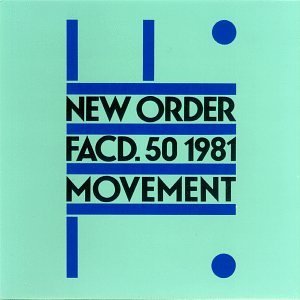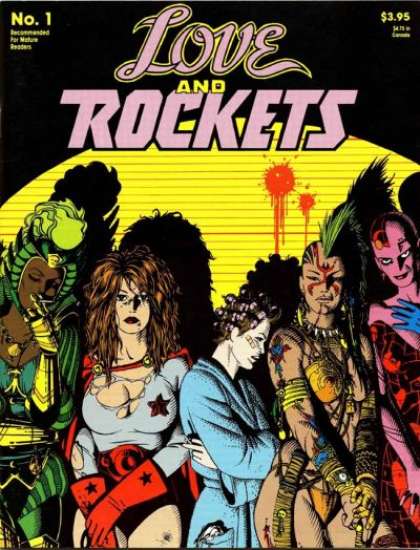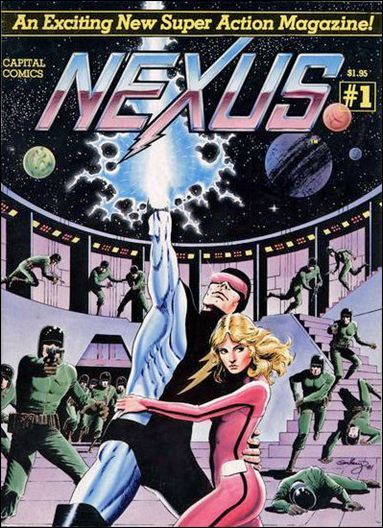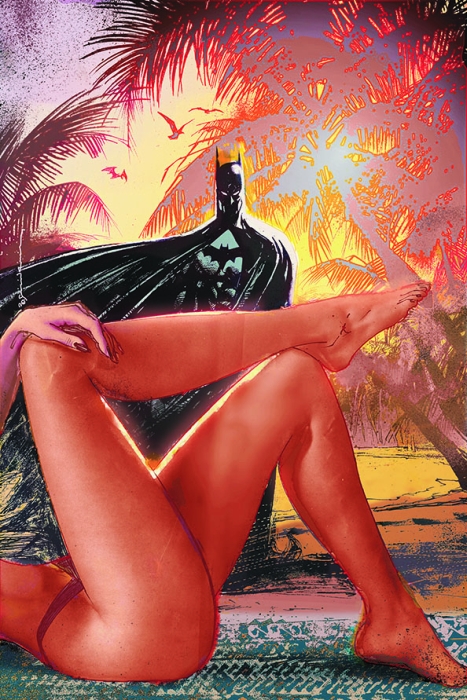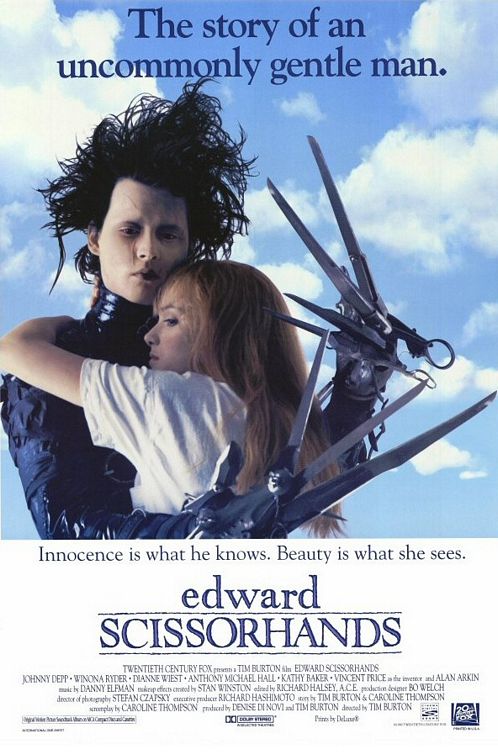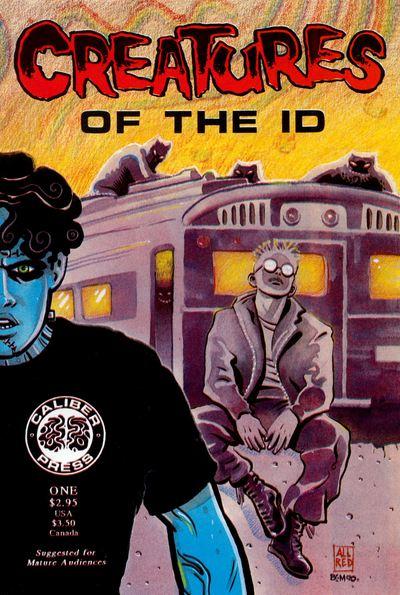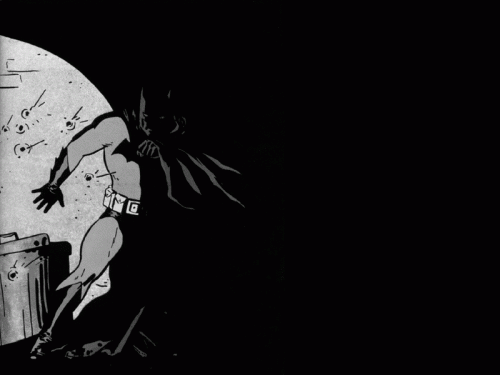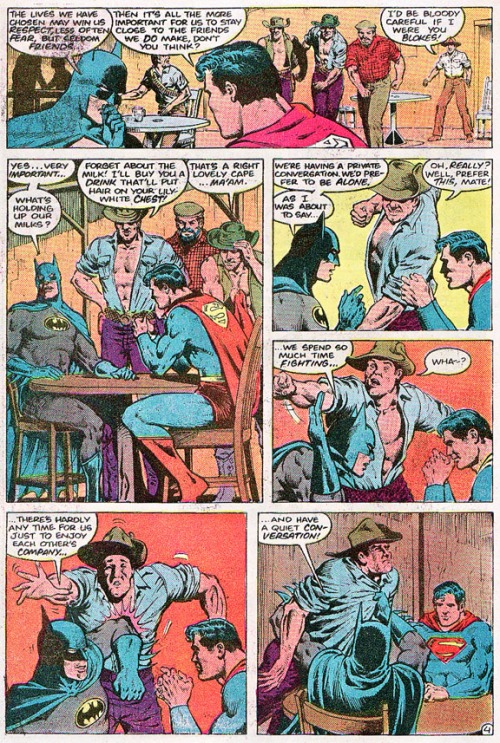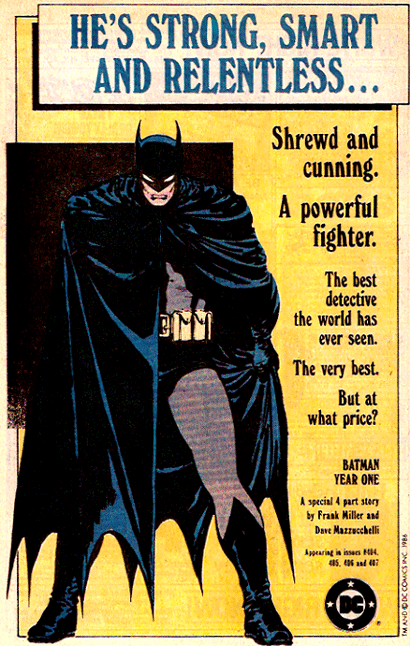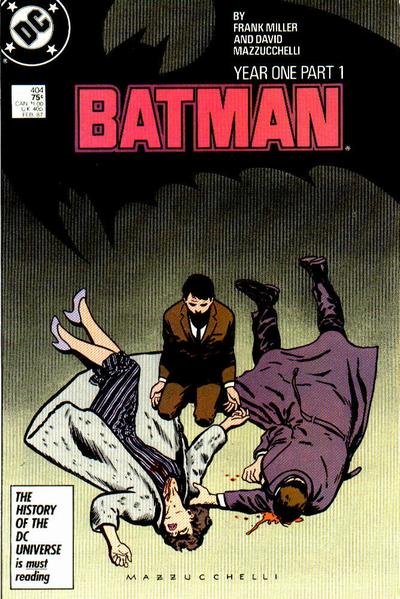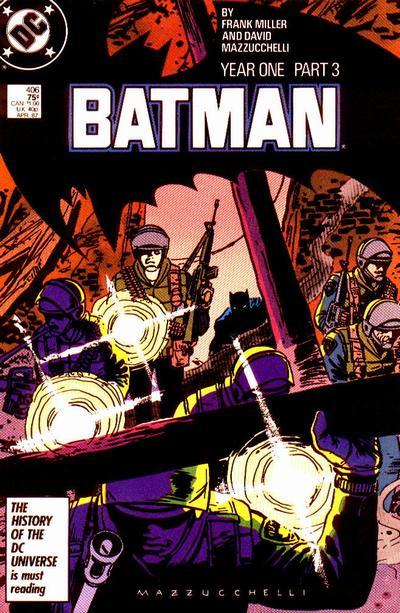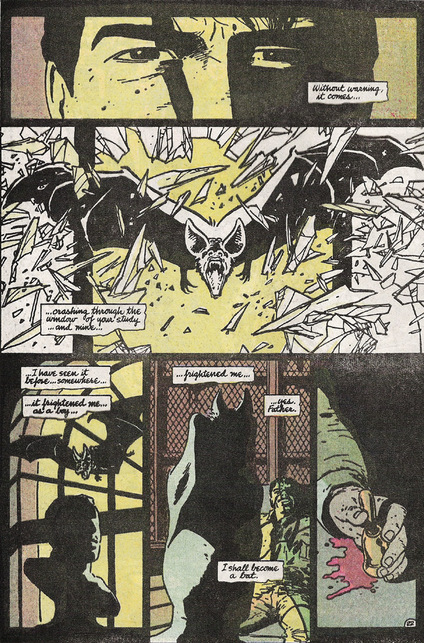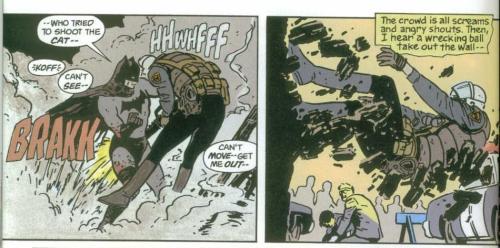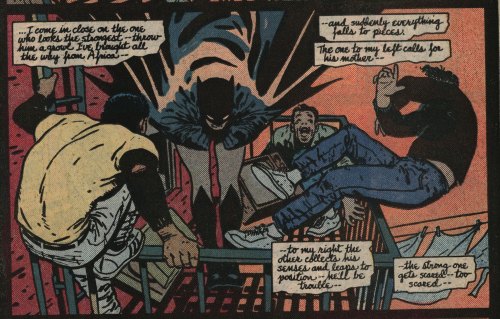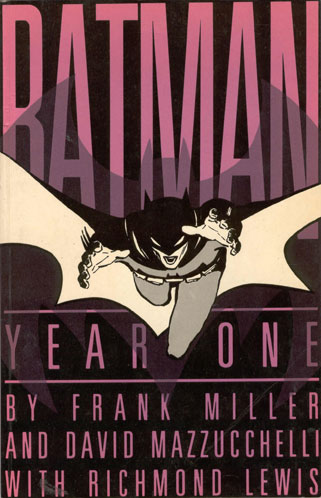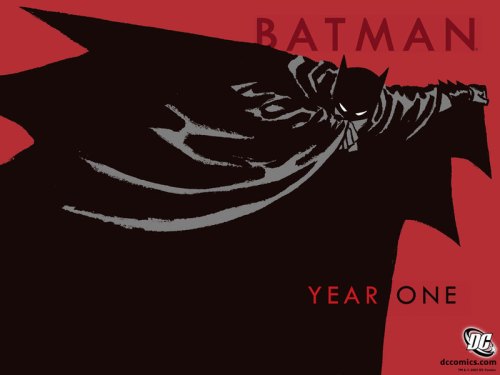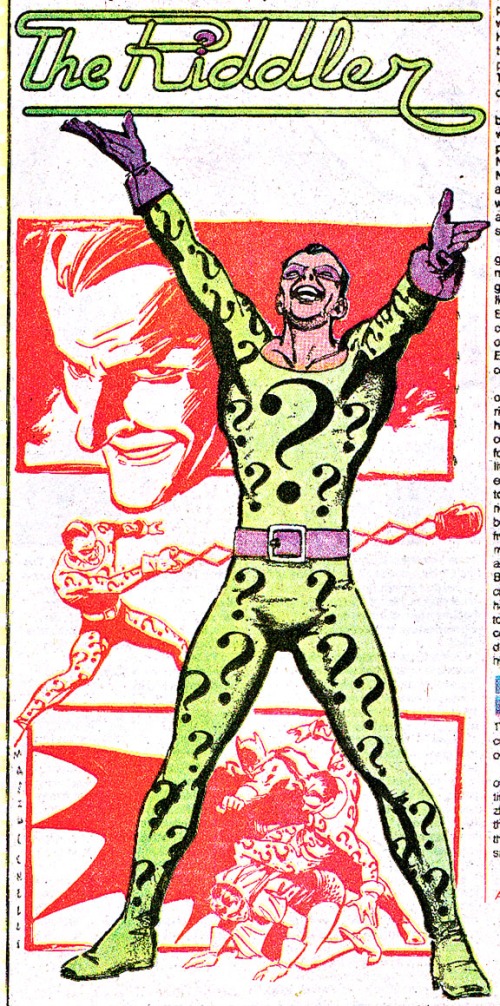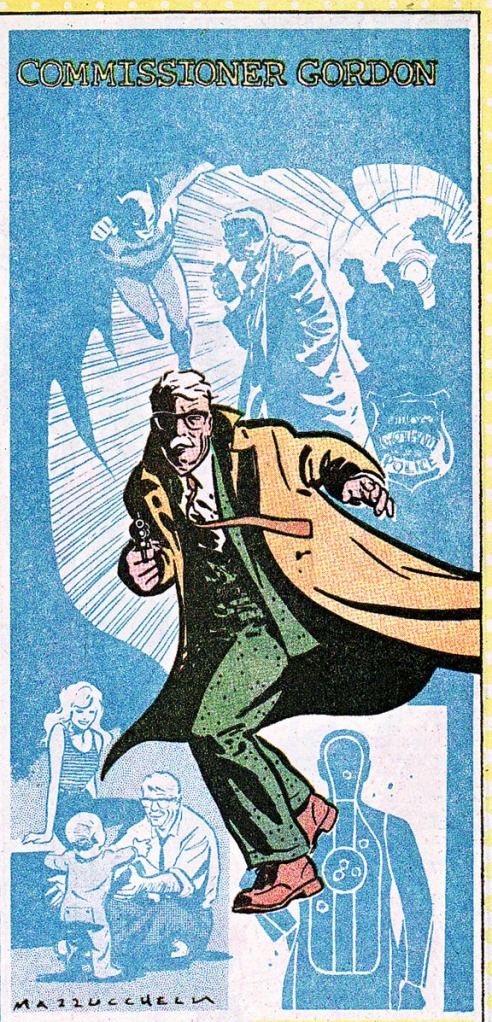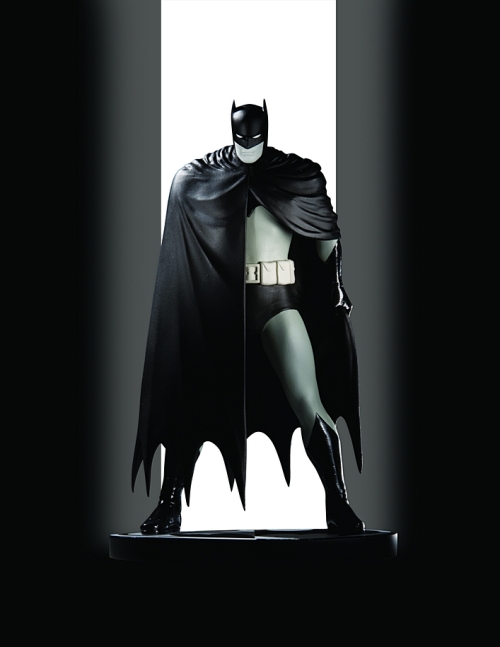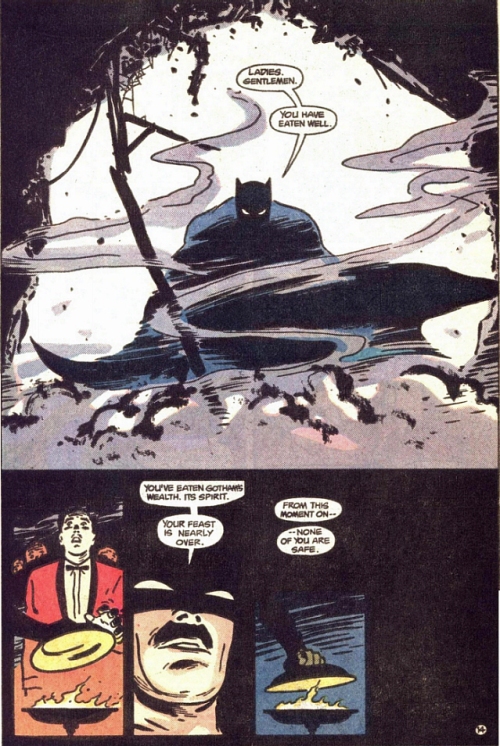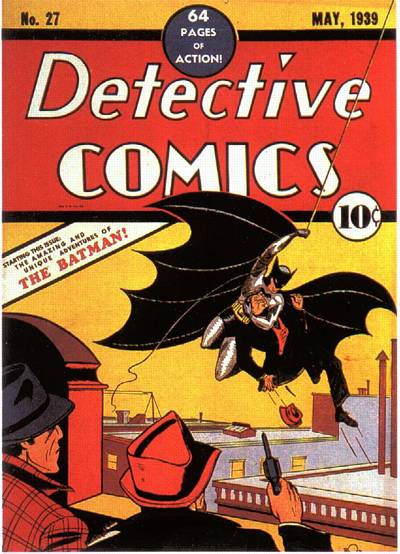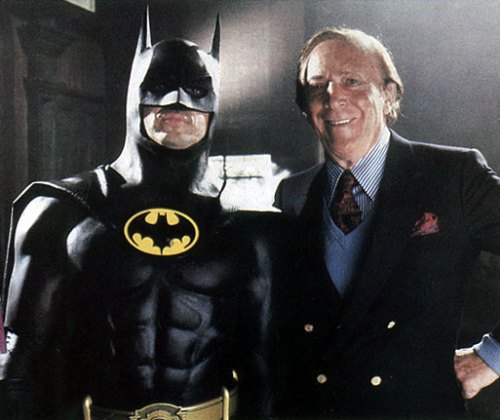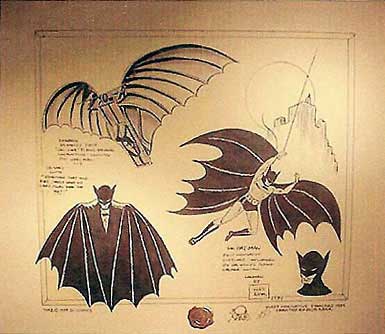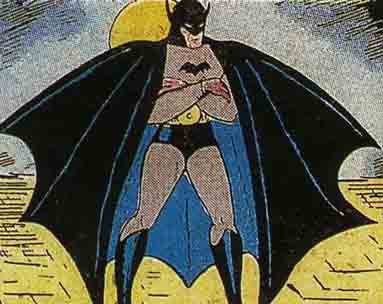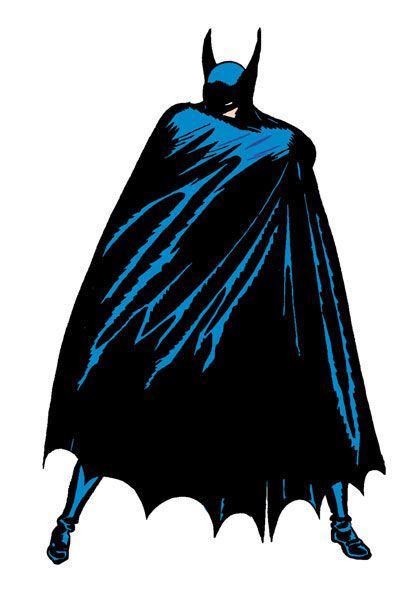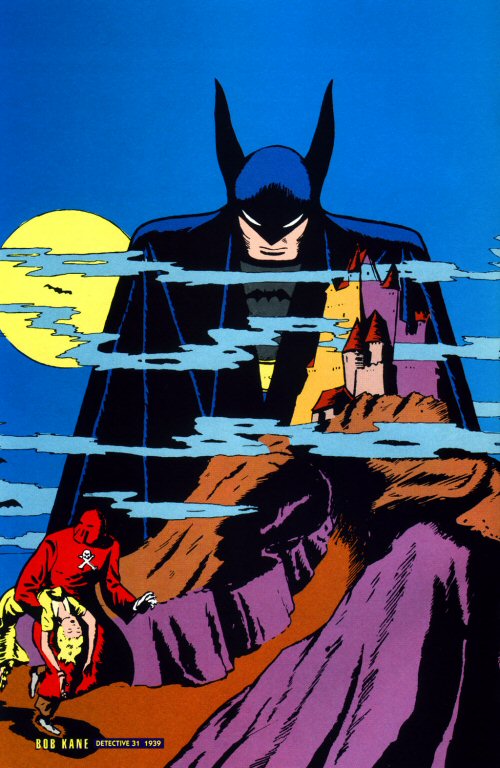The TMNT were conceived in 1983 as a tongue-in-cheek joke, primarily as a parody of three comic series that were very popular in the early 1980s. The whole teenage aspect comes from DC Comics’ Teen Titans. The mutant part came from Marvel Comics’ X-Men and the ninja part came courtesy of Marvel’s Daredevil. The turtles part came out of thin air. So basically these two losers, Kevin Eastman and Peter Laird were having a very difficult time breaking into the comics industry and it’s easy to see why – their style was really unconventional at a time when there wasn’t a whole lot of variety in comics, let alone alternative publishers to turn to.

Page 1 of TMNT #1 by Kevin Eastman & Peter Laird (1984)
Eastman & Laird created the TMNT and self-published a 3000 copy run of their new comic, Teenage Mutant Ninja Turtles, in 1984. This comic introduced each of the turtles, plus Splinter, Shredder, and the Foot Clan. On a whim, they typed up a press release to announce the comic, which was picked up by the Associated Press for some reason, greatly increasing awareness of the comic. ANYWAY, it was a huge hit in spite of the fact that it was black and white and only available in comic shops (which were not as widespread as they are today). The comic was unique not only because it was black and white but because they filled the white spaces with very detailed and I might say gritty greytones. This became a hallmark of Mirage Studios comics.
So, what started on a whim as a joke became a hit, even though it was for the most part a really big rip-off of Frank Miller’s work on Daredevil. Splinter gets his name from Daredevil’s mentor, Stick. The Foot Clan received their name from Daredevil’s nemesis, The Hand (Clan). They even tied in the TMNT’s origin to Daredevil’s, implying that the same chemical spill that transformed Matt Murdock also mutated the Turtles.
Now it was all a big hit and life had to go on, which it did in 1985 with Teenage Mutant Ninja Turtles #2, which introduced April O’Neil, Baxter Stockman, and the Mousers. This issue was also a hit so it all continued, with Eastman and Laird happily toiling away at their comics. They started to do the comic full-time and by 1986 had released several issues, introducing Fugitoid, Casey Jones, the Triceratons, and sharing crossovers with Cerebus and Usagi Yojimbo. Eastman and Laird jumped at any chance to do TMNT short stories, as well, which appeared in anthology titles or as back-up stories in other indie comics.
Eastman & Laird continue the series


TMNT #6 art by Eastman/Laird TMNT #10 art by Eastman/Laird
In 1985, Palladium Books became the first TMNT licensees, producing a series of RPG books starring the Turtles featuring brand new character art, and sometimes new stories, by Eastman and Laird. Then Playmates Toys came along in 1987 to arrange a toy deal, followed by a deal with Murakami Wolf Swenson to produce a cartoon, followed by a deal with Archie Comics to publish a mainstream, kiddie TMNT comic, then a video game license with Konami and finally the movie license with Golden Harvest and New Line. Eastman and Laird became more involved with making business decisions than with producing comics.
To keep up with all of the licensing requirements, Mirage Studios slowly became a REAL studio, hiring several artists to draw comics, design toys, and create art for shit like TMNT napkins and party favors. The artists typically focused on designing new toy characters. If a character went into production, it could be worth $30,000 – $60,000 for that artist. In their spare time, they worked on the comics, which were now sometimes written but usually just overseen by Eastman and Laird. With some exceptions, the quality of the comics was typically maintained. Unlike mainstream comics, new issues came out when they were good and ready, not held to any schedules. Some of them were of incredibly high quality and oozed the sort of enthusiasm that can only come from independent publications.
Mirage Studios artists take over



TMNT #17 art by Eric Talbot TMNT #28 art by Jim Lawson TMNT #29 art by A.C. Farley
At some point it seems that most of the Mirage Studios artists didn’t feel like drawing comics and many underground cartoonists were given turns to produce issues, including people like Richard Corben, Mark Martin, Matt Howarth and Rick Veitch. These comics were typically very good and usually had better stories than issues written by Mirage Studios staff members. In 1992, perhaps because the TMNT empire was starting to wind down, Eastman and Laird decided to work on the series again. They wrote and illustrated issue #50 and then wrote the next 12 issues with Mirage Studios veteran Jim Lawson handling the art. They continued to publish specials and one-shots by independent artists.
Underground creators to the fore



TMNT #35 art by Michael Zulli TMNT #18 pencils by Mark Bode TMNT #23 art by Rick Veitch
In 1993, the series was “cancelled”, though only to give way to Teenage Mutant Ninja Turtles Volume 2, which was NOW IN COLOR. This series was written and illustrated by Jim Lawson and features an admittedly aimless and slow plot that ends rather ambiguously. In 1995, Volume 2 was cancelled and Mirage Studios ceased the publication of comics. This was caused by a few factors: 1) the collapse of the TMNT empire 2) the huge comics industry market crash of the 1990s and 3) a flood that ravaged the Mirage Studios offices and printing facility. ‘Twas the end of an era.
Eastman & Laird return plus Volume 2



TMNT #50 art by Eastman/Laird TMNT #49 pencils by Jim Lawson TMNT Vol.2 #4 art by Jim Lawson
Mirage Studios TMNT Publications Guide:
series
Teenage Mutant Ninja Turtles #1-62 (1984-1995)
Tales of the Teenage Mutant Ninja Turtles #1-7 (1987-1989)
Teenage Mutant Ninja Turtles (second series) #1-13 (1993-1995)
mini-series
Turtle Soup #1-4 (1991-1992)
Teenage Mutant Ninja Turtles/Flaming Carrot Crossover #1-4
Casey Jones: North By Downeast #1-2
specials
Raphael (1985)
Michaelangelo (1985)
Donatello (1986)
Leonardo (1986)
Turtle Soup (1987)
Teenage Mutant Ninja Turtles: The Movie (1990)
Green-Grey Sponge-Suit Sushi Turtles: The Parody (1990)
Teenage Mutant Ninja Turtles: The Secret of the Ooze (1991)
Teenage Mutant Ninja Turtles: Challenges (1991)
Teenage Mutant Ninja Turtles: Times Pipeline (1992)
Teenage Mutant Ninja Turtles: The Haunted Pizza (1992)
Teenage Mutant Ninja Turtles: The Maltese Turtle (1993)
Casey Jones & Raphael (1994) <aborted mini-series, later published in full by Image Comics>
The Savage Dragon/Teenage Mutant Ninja Turtles (1993)
Teenage Mutant Ninja Turtles/The Savage Dragon (1995)



Flaming Carrot art by Jim Lawson Sushi Turtles art by Mark Martin TMNT #33 art by Richard Corben
 kicknz
kicknz
related posts:
click here for more tmnt related posts

















